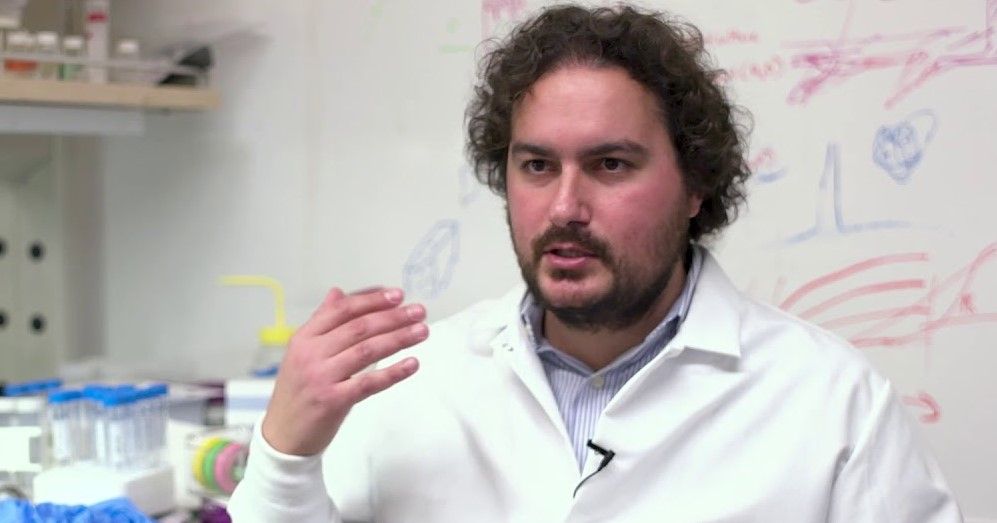Considerable work has already been done in capturing the ability of soil bacteria to aid plant growth. However, one of the greatest challenges in the field of biofertilizer is keeping the bacteria alive during storage and transportation.
A team from MIT have now found a way to solve this problem by coating seeds with silk, giving them the added bonus of making it possible to grow them in soils so salty that they were previously deemed not farmable.
The new approach shows great promise for increasing biofertilizer adaptability and could be a route to feeding populations where good arable land is scarce.
As the MIT press release reports, “Tests have shown that these seeds can grow successfully in soils that are too salty to allow untreated seeds to develop normally. The researchers hope this process, which can be applied inexpensively and without the need for specialized equipment, could open up areas of land to farming that are now considered unsuitable for agriculture.”
The work was the brainchild of Benedetto Marelli, a professor of civil and environmental engineering, who had conducted a previous study using silk as a way to extend the shelf life of seeds prior to sowing. It was only later when reading of the potential benefits to agriculture of rhizobacteria, that he realized he could adapt his idea for biofertilizer purposes.

Rhizobacteria are microbes that live symbiotically with plants. In return for the plant supplying the bacteria with energy, the bacteria convert atmospheric nitrogen into a soluble form that the plant can absorb – so called ‘nitrogen-fixing’.
Conventional fertilizer practices can overload the soil with soluble nitrogen to aid plant growth but destroy the relationship between soil microbes and plants. The manufacture of nitrogen fertilizer is also extremely power intensive and contributes to as much as 1% of global carbon emissions. As Marelli notes, “One of the big problems with nitrogen fertilizers is they have a big environmental impact, because they are very energetically demanding to produce.”
As an alternative to conventional soil nutrition, biofertilizers (possibly genetically modified) return microbes to the soil or encourage their growth and wellbeing. Farmers may also wish to insert into their soils regional microbes or crop specific rhizobacteria.
However, whatever approach is adopted, they are all limited in that the microbes are living organisms and so must be handled with care. They need to be stored at the correct temperature and humidity, and as they are relatively short lived outside of their natural habitat they must be placed in the soil as soon as practical.
Knowing this, the researchers devised a method for keeping the microbes in a better state for storage.
“We came up with the idea to use them in our seed coating, and once the seed was in the soil, they would resuscitate,” says Marelli. However, the first test runs were unable to preserve sufficient bacteria and they failed to thrive after returning to the soil.
To find out how this challenge was overcome, read: Silk-Coated Seeds Make Biofertilizers More Durable and Effective Part 2
